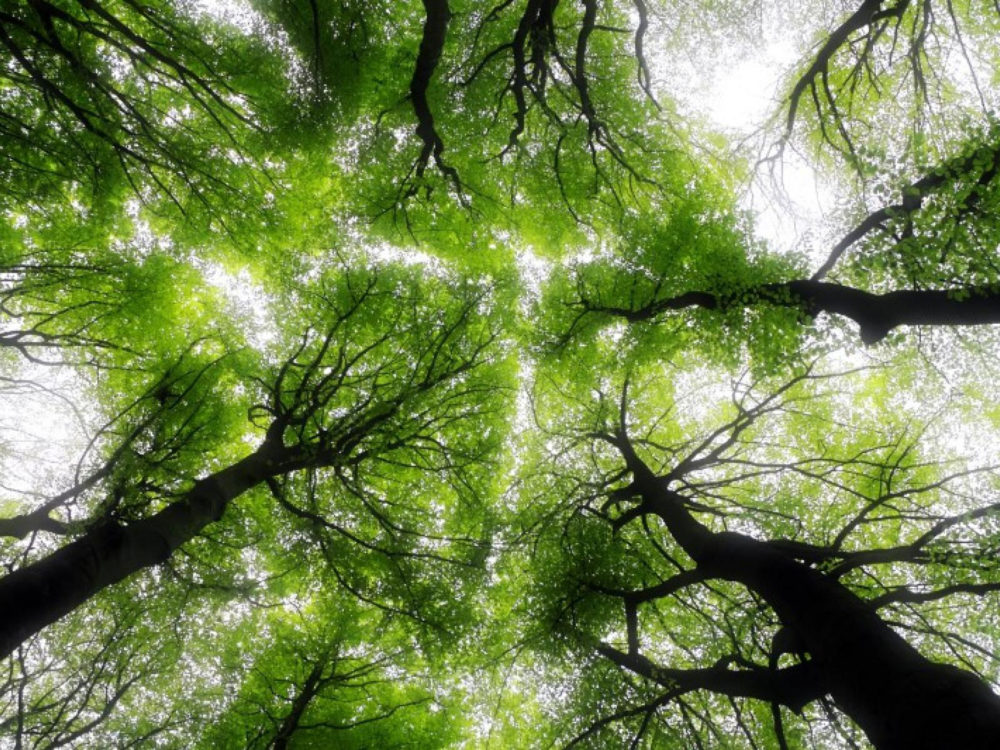Today s forests are younger and shorter than in the past as the older larger trees die faster that means there s less biodiversity and limits to the amount of carbon the ecosystem can hold

Today’s Forests: Younger, Shorter, and Limited in Biodiversity and Carbon Storage

Forests have always played a crucial role in maintaining the Earth’s biodiversity and regulating the climate. However, alarming changes in our forests have been observed in recent years. Today’s forests are younger and shorter compared to their counterparts from the past. This trend is primarily driven by the faster mortality rates of older and larger trees, which poses significant consequences for both biodiversity and carbon storage within these ecosystems.
Decline in Forest Biodiversity
Older and larger trees provide a vital habitat for a diverse range of plant and animal species. As these trees die faster in modern forests, the resulting younger and shorter trees offer limited niches for a diverse array of species to thrive. This decline in forest biodiversity can disrupt intricate ecological relationships and lead to imbalances within the ecosystem.
Biodiversity loss not only affects the forest itself but also has far-reaching impacts on surrounding ecosystems. Many species of insects, birds, and mammals rely on the unique resources and microhabitats provided by older trees. The decline in these resources can have a cascade effect throughout the food chain, ultimately affecting the functioning and stability of entire ecosystems.
Carbon Storage Limits
Forests play a critical role in mitigating climate change by acting as carbon sinks – absorbing and storing carbon dioxide from the atmosphere. Older and larger trees have a higher capacity to sequester carbon, making them integral to the forest’s carbon storage potential. However, as these trees die at a faster rate, the regenerating younger trees may not fully compensate for the carbon loss.
The decline in forest carbon storage has direct consequences for our fight against climate change. With limited carbon storage capacity, forests have reduced ability to absorb excess carbon dioxide emissions. This, in turn, exacerbates the rising levels of atmospheric carbon dioxide, leading to a further increase in global temperatures and the associated climate-related impacts.
Implications for Biodiversity Conservation and Climate Action
Understanding the factors driving the decline in forest age and height is crucial for effective conservation and climate change mitigation strategies. The primary drivers contributing to this phenomenon include intensive logging, deforestation, unsustainable land management practices, and natural disturbances such as wildfires.
To address these challenges, it is essential to promote sustainable forest management practices that prioritize the protection and regeneration of older and larger trees. By conserving existing forests and implementing reforestation initiatives, we can enhance biodiversity, restore carbon storage capacity, and promote resilience against climate change.
In conclusion, the shift towards younger and shorter forests is a concerning trend with far-reaching implications for biodiversity and the planet’s carbon balance. Recognizing the importance of protecting older and larger trees is crucial for maintaining ecosystem health, safeguarding diverse habitats, and mitigating climate change. To ensure a sustainable future, concerted efforts are needed to conserve and restore forest ecosystems, allowing them to flourish once again.
Tags
Share
Related Posts
Quick Links
Legal Stuff


